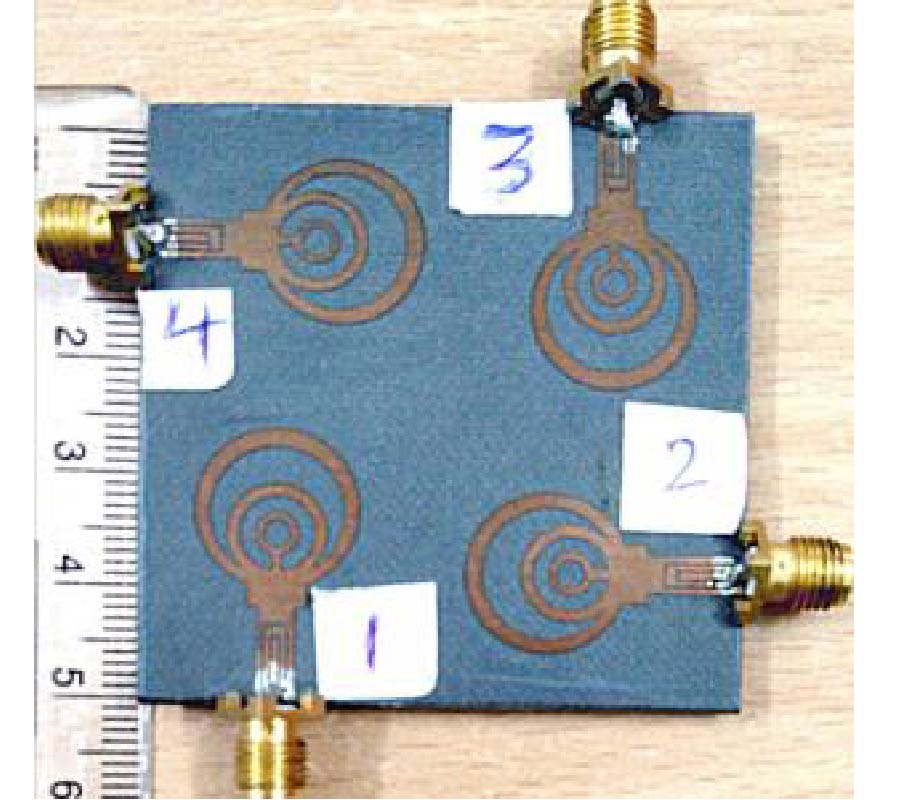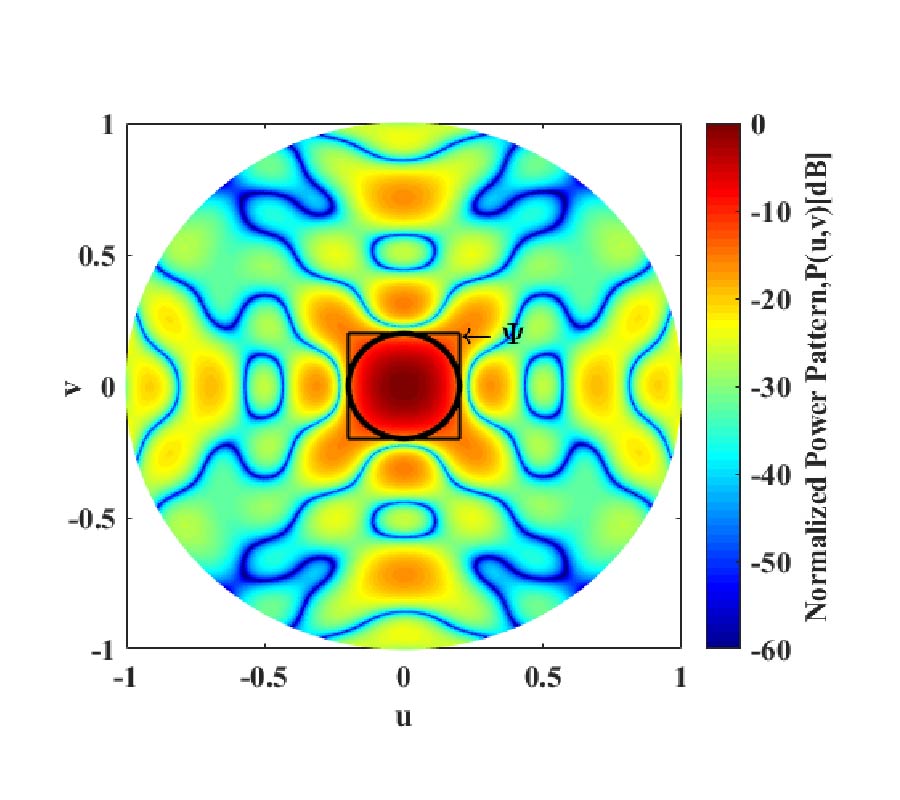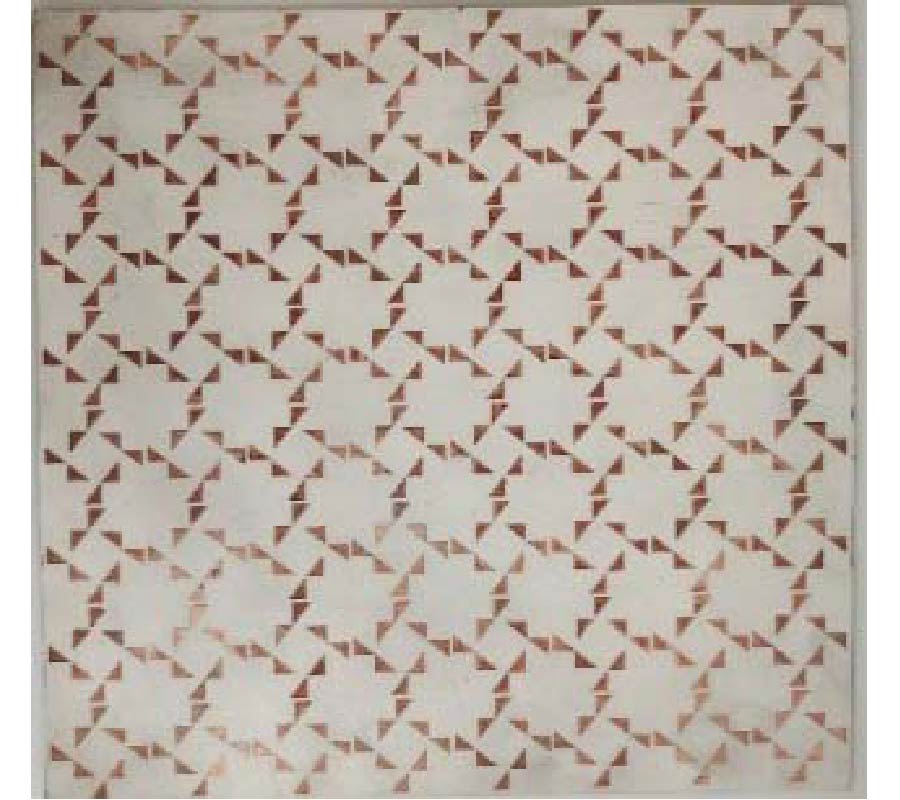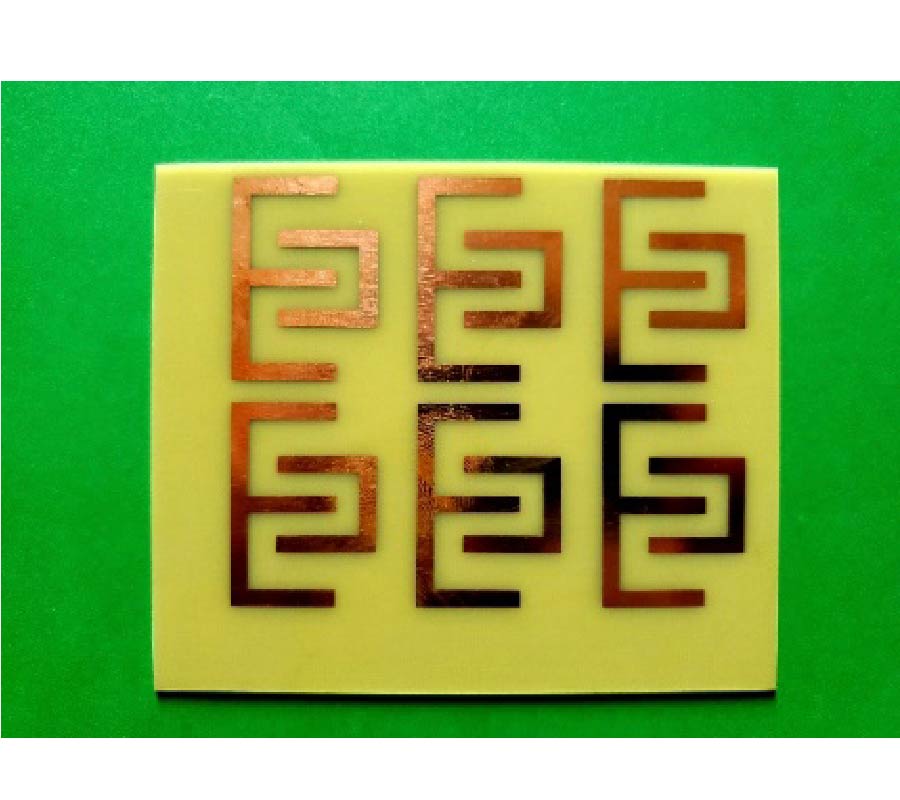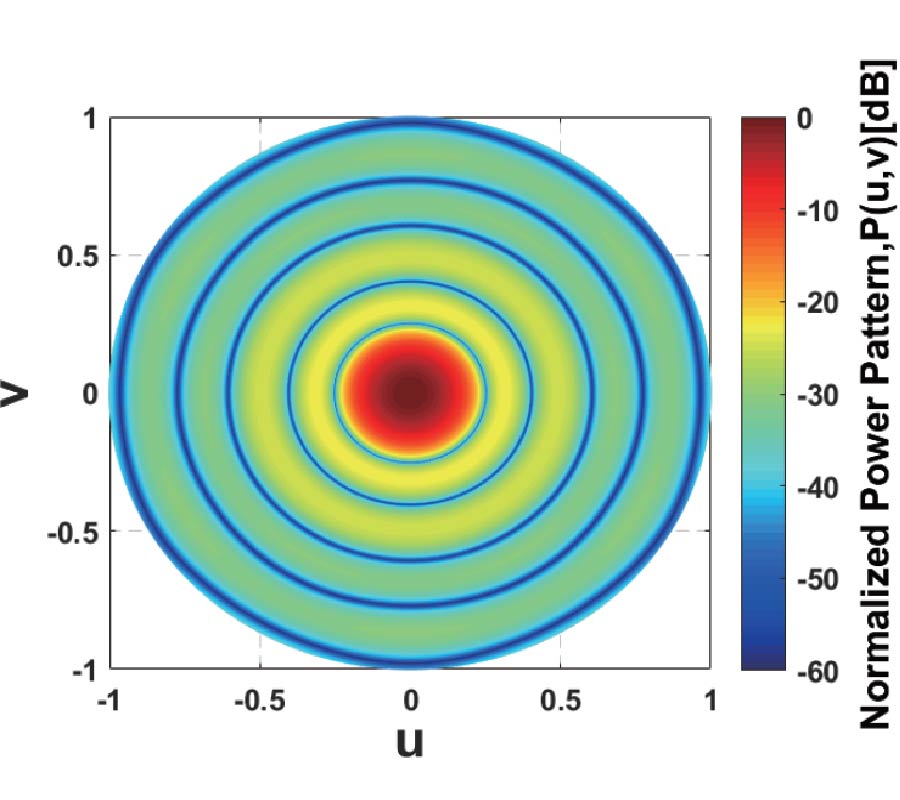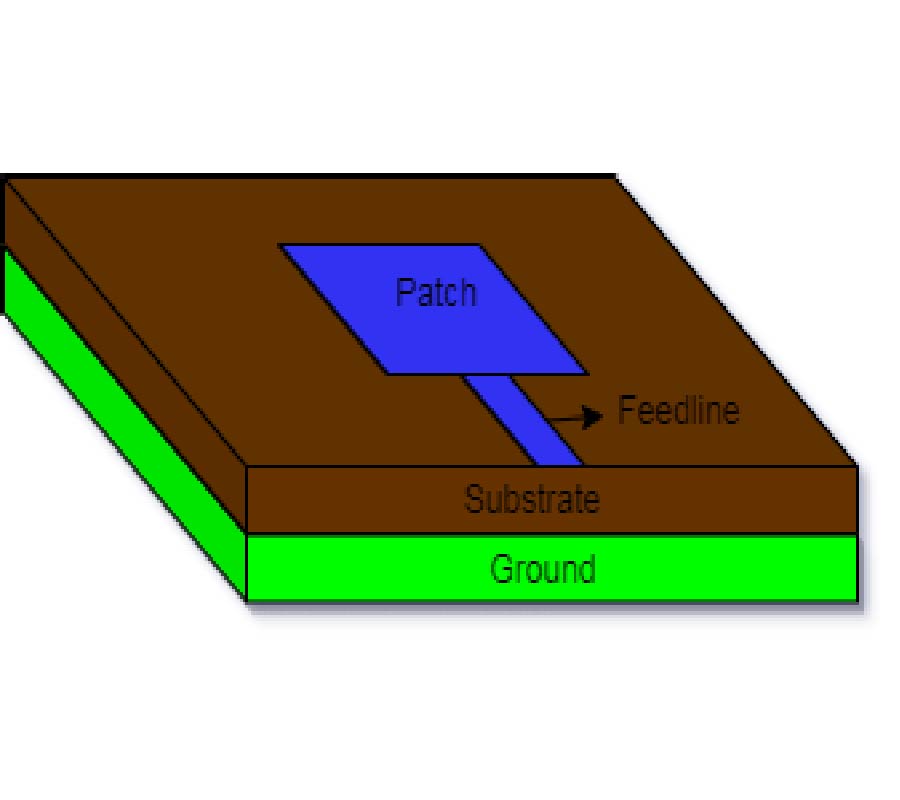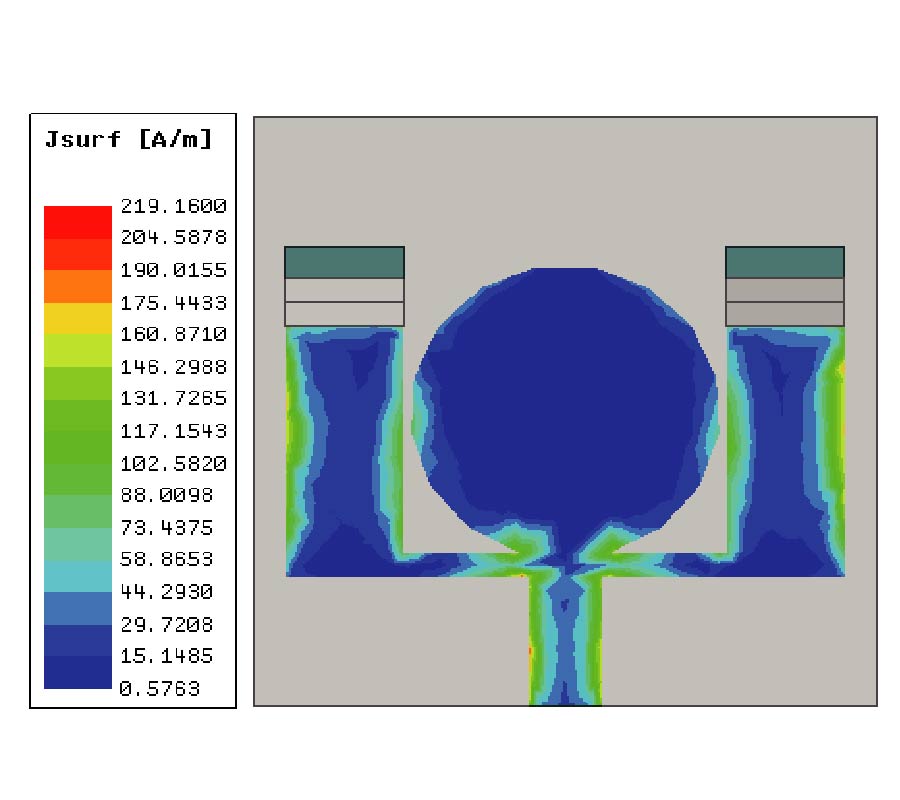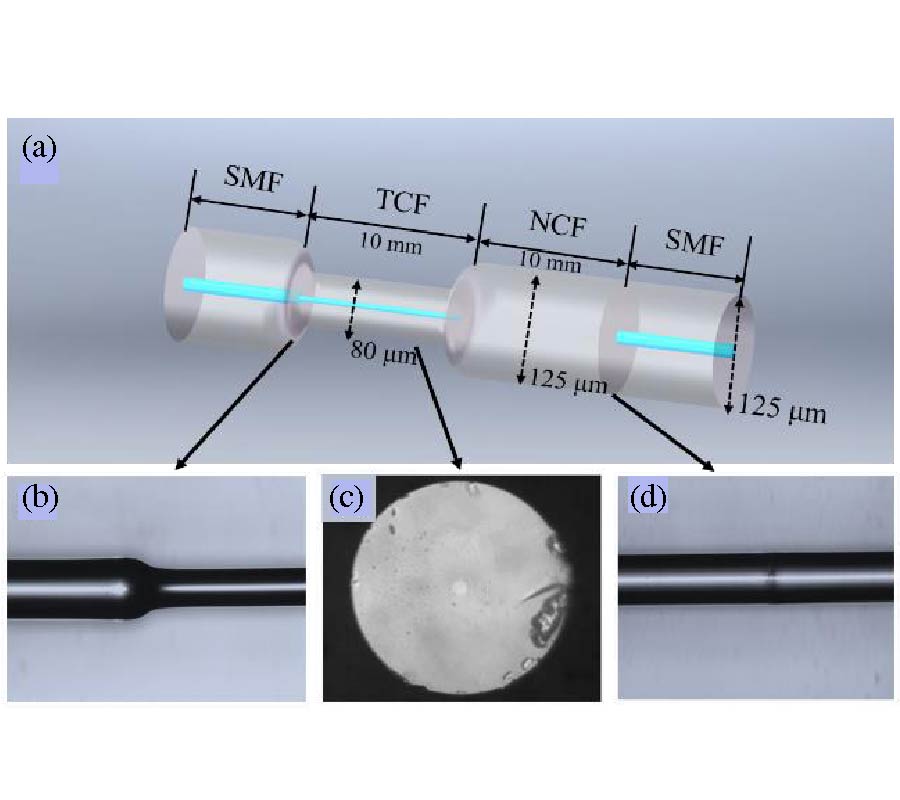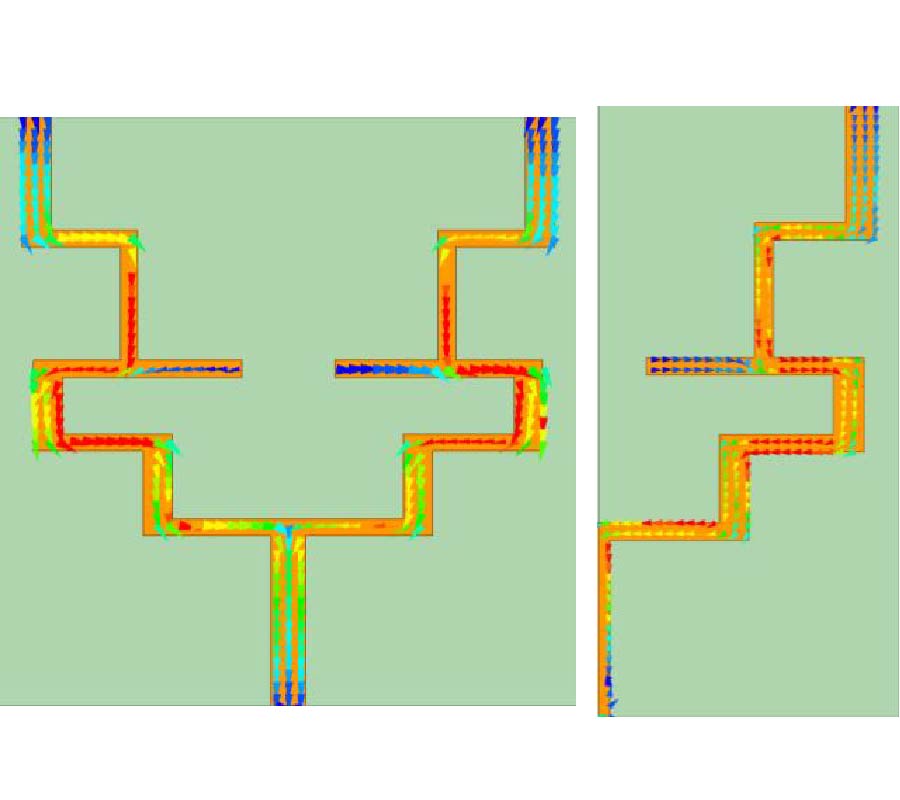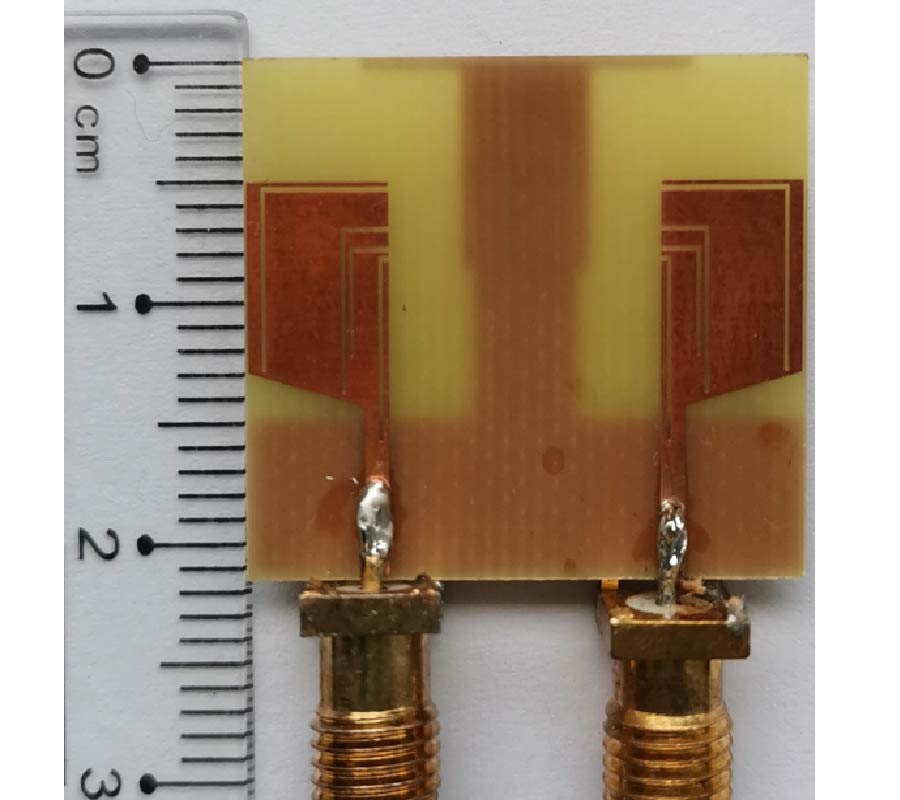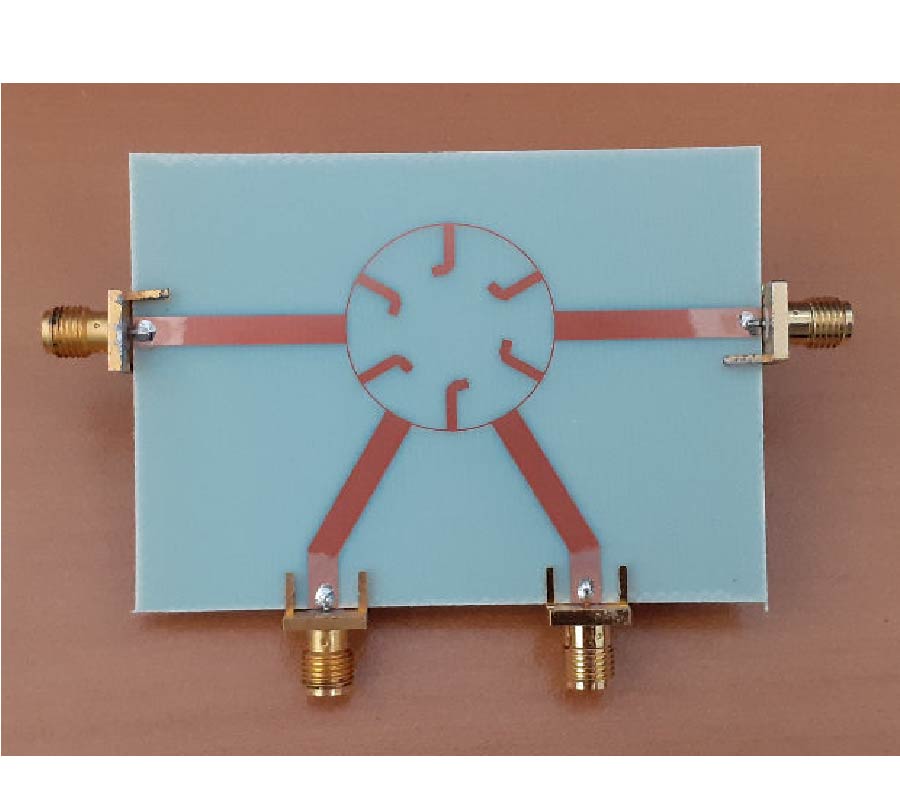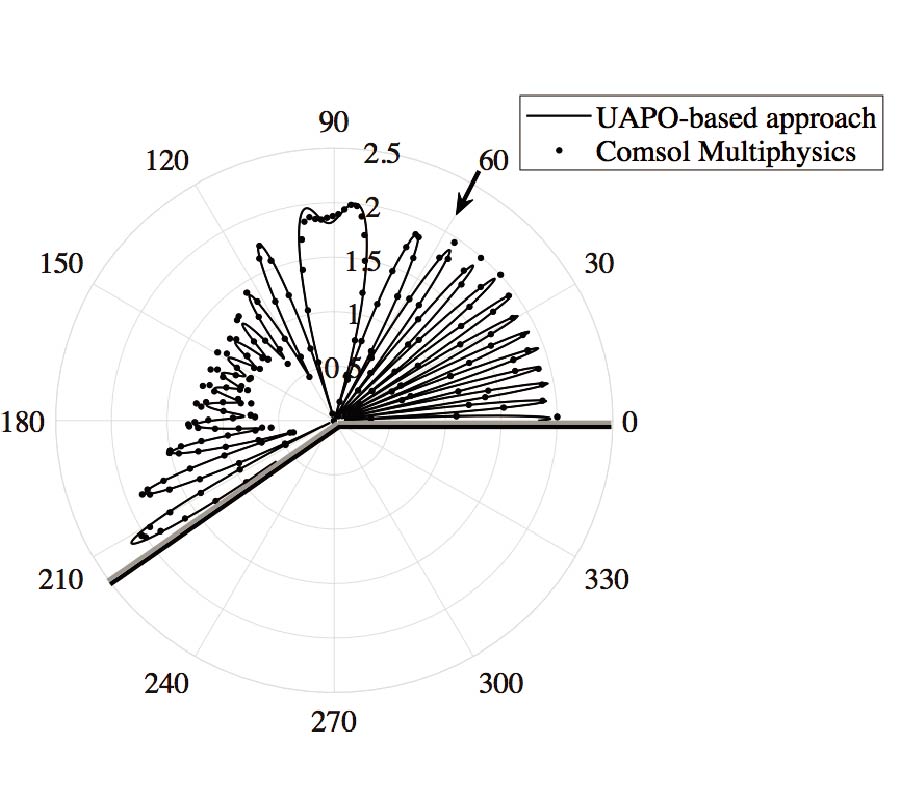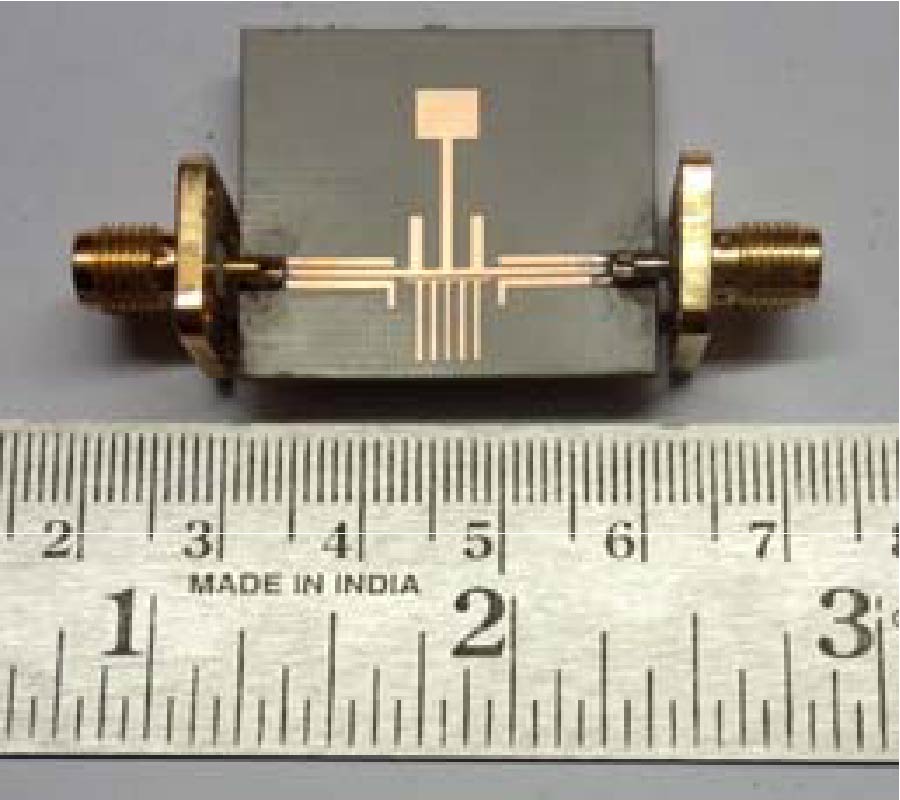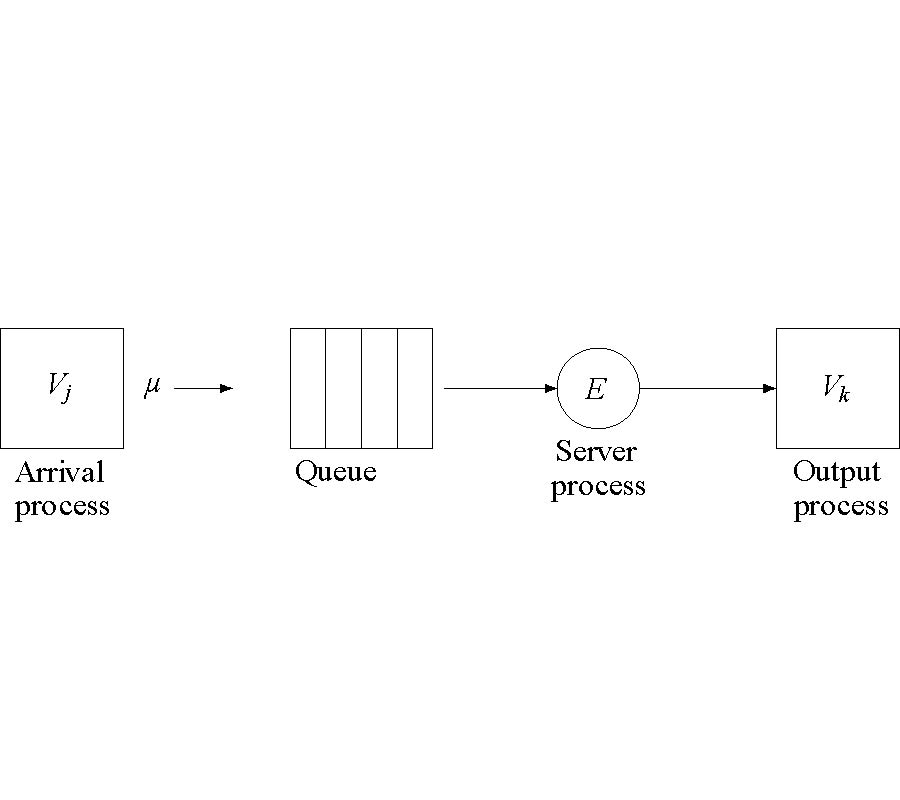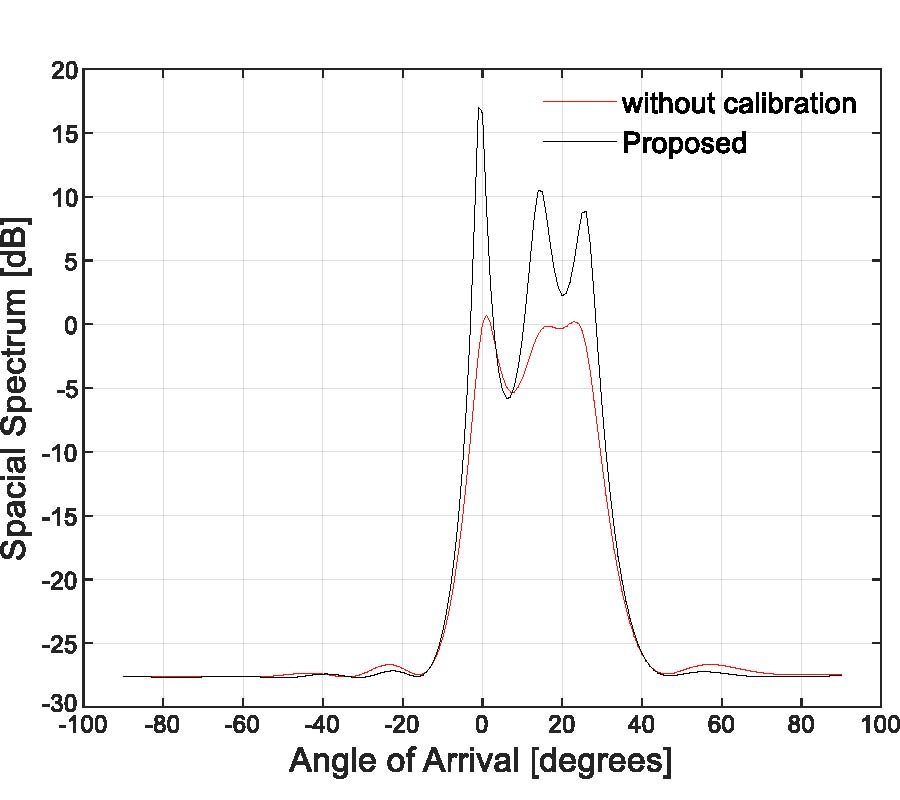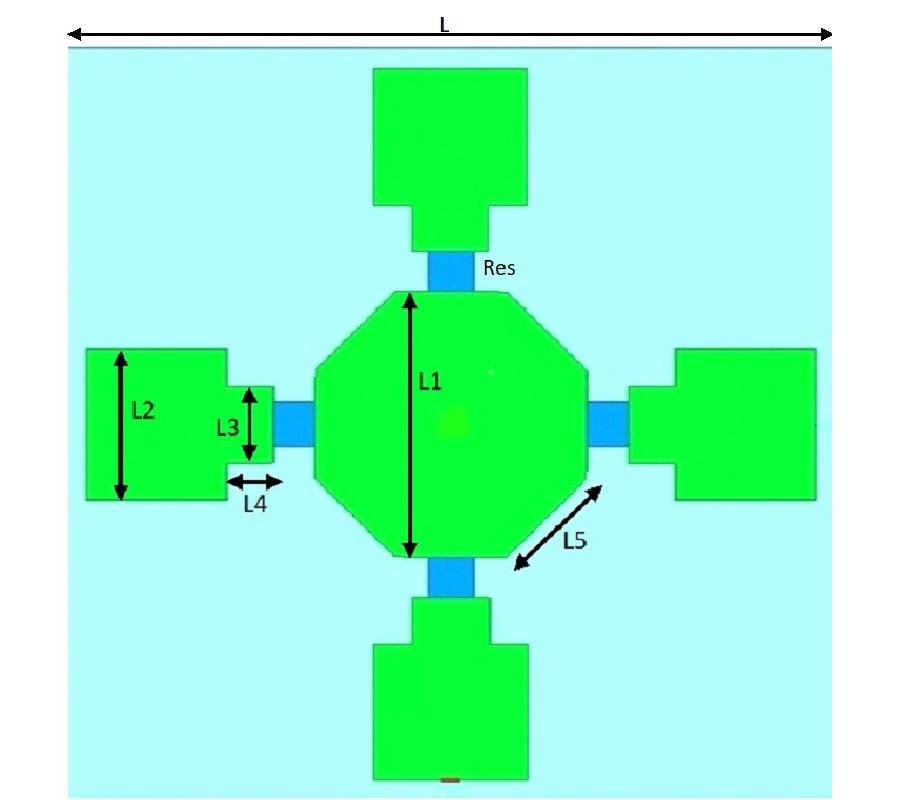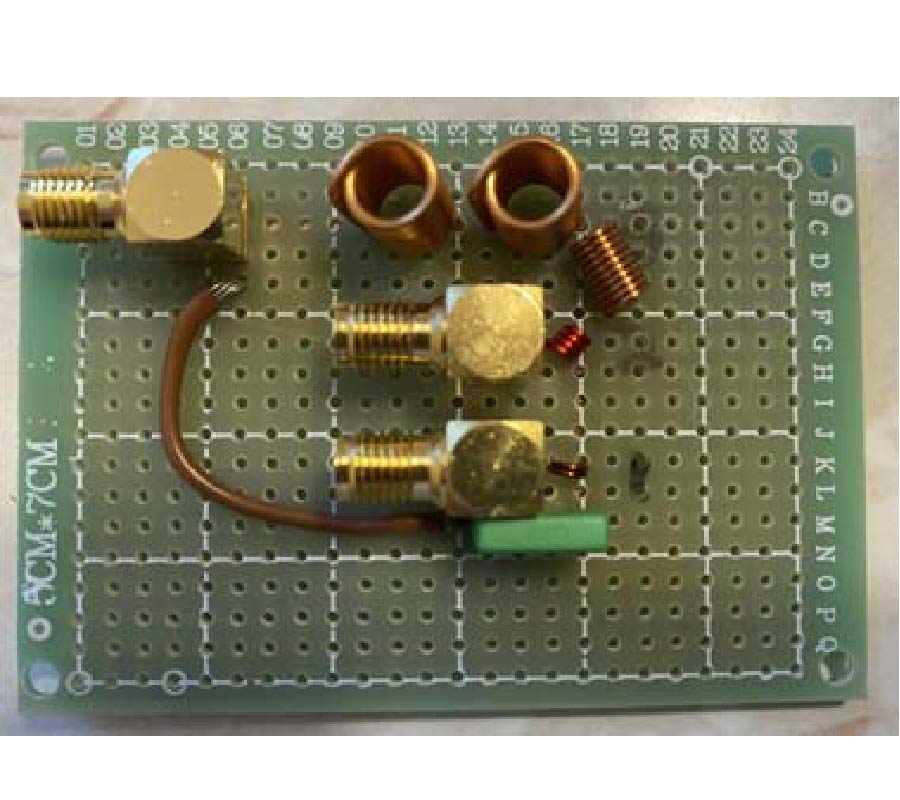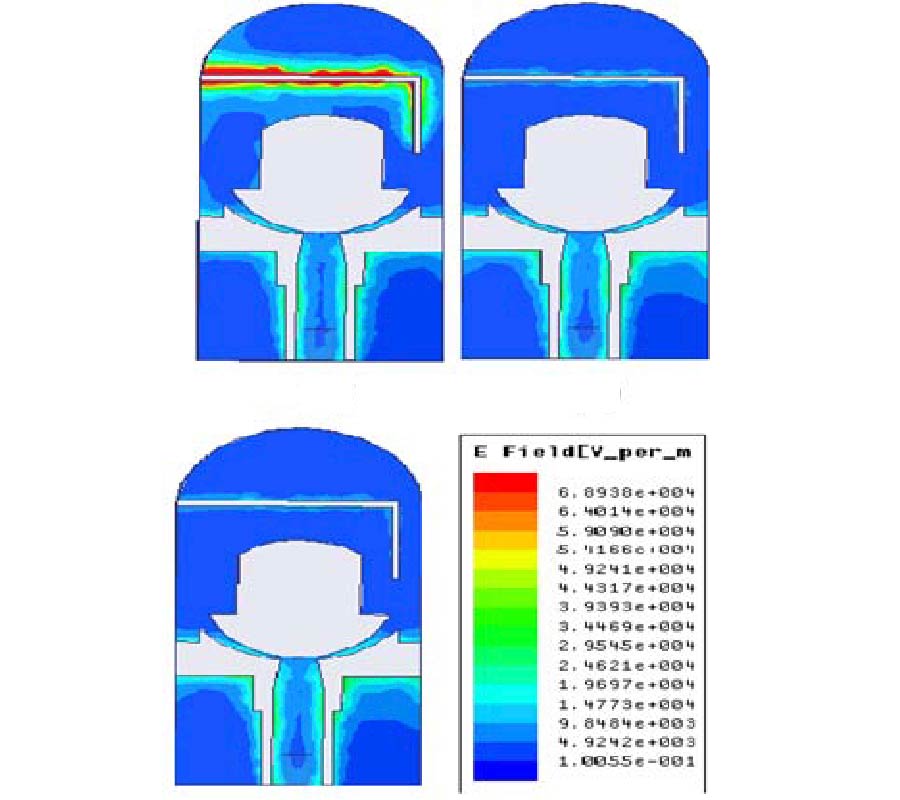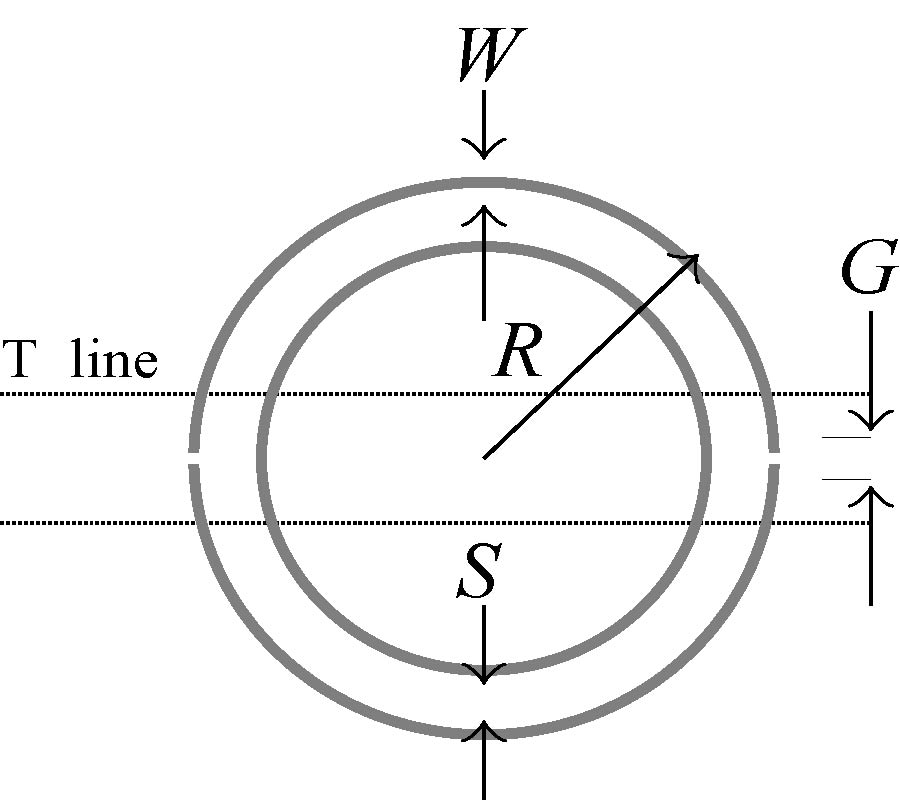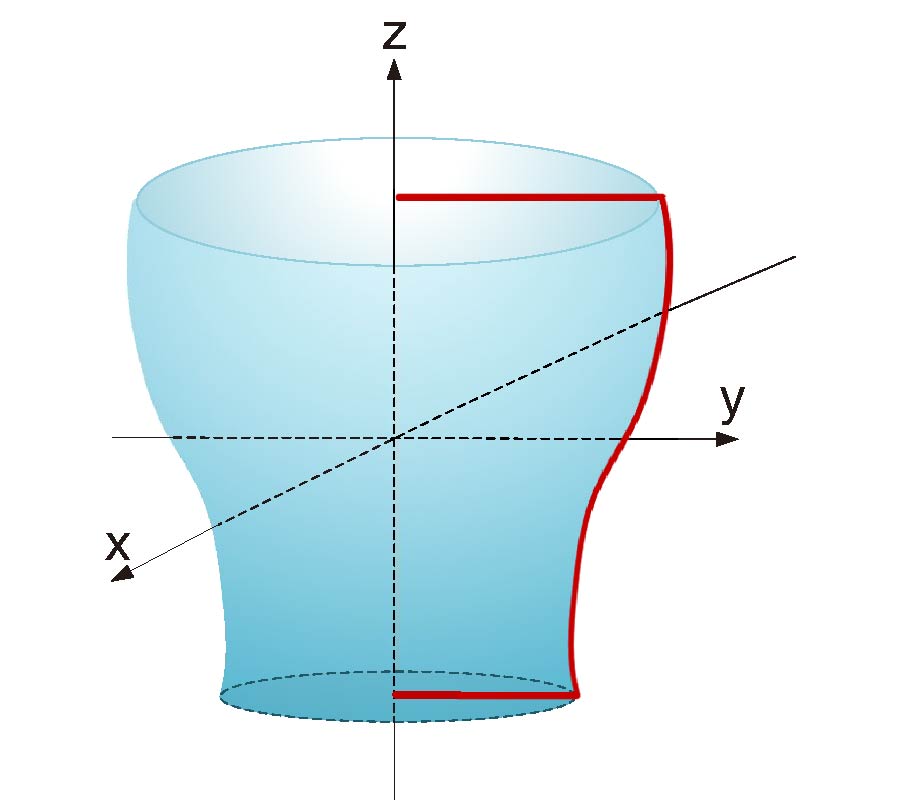Left-Handed Material Inspired Multi-Layer Planar Antenna Design for Satellite Communication Applications
Trushit K. Upadhyaya,
Rajat Pandey,
Upeshkumar Patel,
Killol Pandya,
Arpan Desai,
Riki Patel and
Yogesh Kosta
Investigations on radiation characteristics of multilayer antenna having embedment of left-handed material are presented. The proposed engineered comb-shaped structure exhibits both negative permittivity and permeability. The inset-fed patch antenna matched at 50 Ω incorporates a homogeneous array of multilayer comb-shaped resonators. The array demonstrates a major impact on antenna parameters such as resonance, gain, radiation pattern, voltage standing wave ratio, and bandwidth. The novelty in the presented design is that by merely modifying the physical parameters of the negative refractive index resonator, the antenna radiation property can be altered. An artificially realized left-handed stacked material possesses strong inductive and capacitive mutual-coupling. The variations in stacked conductive inclusion illustrate the considerable change in antenna resonance. The antenna resonates at 1.57 GHz, 2.48 GHz, and 3.4 GHz with a bandwidth of around 20.64%, 7.35%, and 4.40% respectively. The proposed antenna electrical size is 0.48λ x 0.56λ at a lower frequency. The antenna exhibits the gain of 3.8 dBi, 6.15 dBi, 4.54 dBi at 1.57 GHz, 2.48 GHz, and 3.4 GHz respectively. The proposed planar stacked negative refractive index-inspired patch antenna model can be utilized for L1 and S-band satellite and maritime operations.
